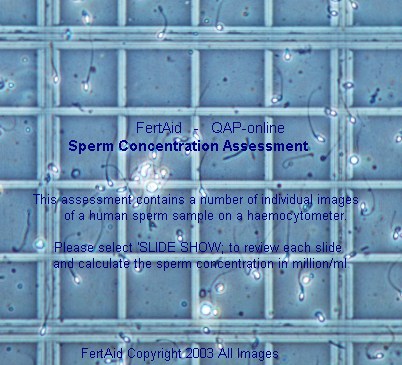|
|
| FertAid
Help Pages: FertAid Primary Help Management Page |
|
|
| HelpRecID:
524 |
| QE_FRAG01
- Embryo Fragmentation. |
2/6/30/524
|
|
|
|
|
Question
|
What degree of fragmentation is evident from the image?
- [Question # QHE005] |
|
Option
#1
|
0% Fragmentation |
|
Option
#2
|
1-5% Fragmentation |
|
Option
#3
|
6-10% Fragmentation |
|
Option
#4
|
11-20% Fragmentation |
|
Option
#5
|
21-50% Fragmentation |
|
Option
#6
|
51-100% Fragmentation |
|
Description
|
Embryo Fragmentation |
|
Comment
|
What degree of fragmentation is evident from the image? Fragmentation is common in human IVF embryos although less common with the newer sequential media than previously suggesting at least some culture, environmental contribution. Aging is another potential reason. Recent suggestions that ova injected where the meiotic spindle and polar body are out of alignment also predisposes the embryo to increased fragmentation (Cooke, FSA, 2002). The degree of fragmentation is part of all scoring or embryo grading and is often the most difficult and variable between embryologists. Readers are recommended to read the review by Alikani (see below) for more information. TUNNEL studies have shown increased apoptotic nuclei suggesting programmed cell death. Alikani and Cohen have proposed several type of fragmentation some of which appear to not impeed the embryos implantation potential while others significantly decrease implantation rates. They have suggested that removal of fragments may improve blastulation rates and implantation. |
|
Image
|

|
|
|
Width=200 and Height=200 |
|
|
References
|
|
|
Alikani, M (2001) :Cytoplasmic Fragmentation in human embryos in vitro:implications and the relevance of fragment removal.
|
|
|
|
|
|
|
|